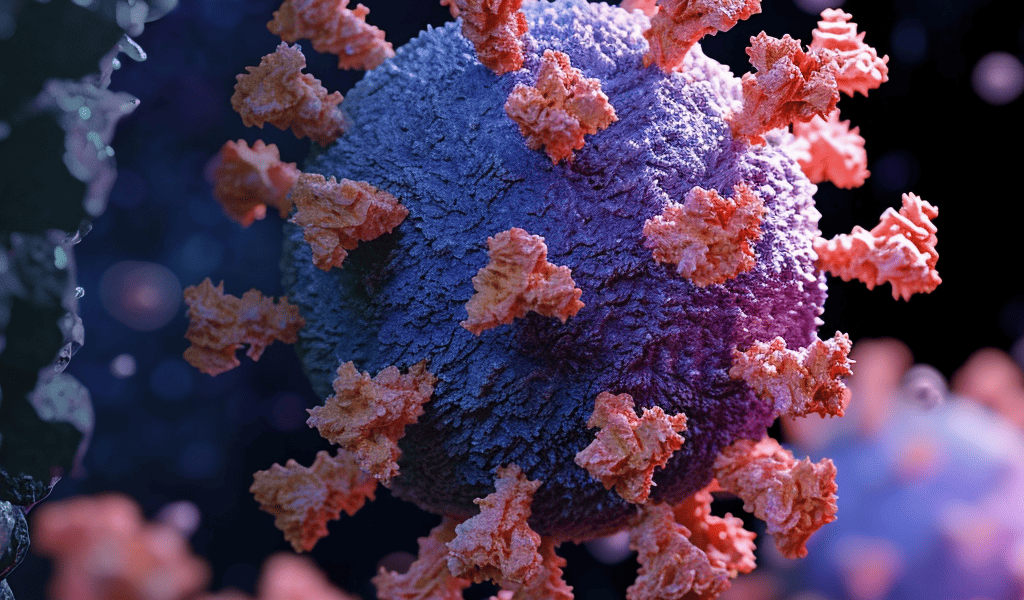A new variant of COVID-19, known as JN.1, has sparked concerns in several states in Australia, with health officials warning of a potential new wave of infections. This variant, which has been linked to an increase in community transmissions and hospitalizations, is believed to be more infectious due to a specific genetic mutation.
According to New South Wales chief health officer, the JN.1 variant is partially responsible for the state’s recent surge in COVID-19 cases, marking the highest level of infections in a year. Similarly, Victoria’s health department has also attributed the rise in hospitalizations and community transmissions to the presence of the JN.1 variant.
Despite the concerning trend, experts have clarified that there is currently no evidence suggesting that JN.1 leads to more severe illness compared to other variants. However, the variant’s ability to evade antibodies and its increased transmissibility have raised significant concerns among public health officials and researchers.
JN.1 is considered a descendant of the Omicron variant, specifically evolving from the Pirola variant, which emerged in August 2023. While Pirola garnered attention for carrying 30 spike protein mutations, JN.1 has only one additional spike protein mutation, known as L455S. This seemingly minor genetic tweak has had significant implications, making the variant more adept at evading antibodies and binding to human cells, ultimately enhancing its transmissibility.
Research published in the Lancet has indicated that JN.1 is ‘significantly’ more infectious than its predecessor, BA.2.86, and has been identified as one of the most immune-evading variants to date. The University of Tokyo researchers emphasized the real-world implications of their findings, highlighting the potential impact of the JN.1 mutation on the ongoing COVID-19 situation.
The emergence of the JN.1 variant has prompted a renewed focus on the evolving nature of the COVID-19 virus and the challenges posed by its various iterations. As health authorities continue to monitor the situation, efforts to understand and mitigate the impact of JN.1 on case numbers and hospitalizations remain a top priority in the ongoing battle against the pandemic.





